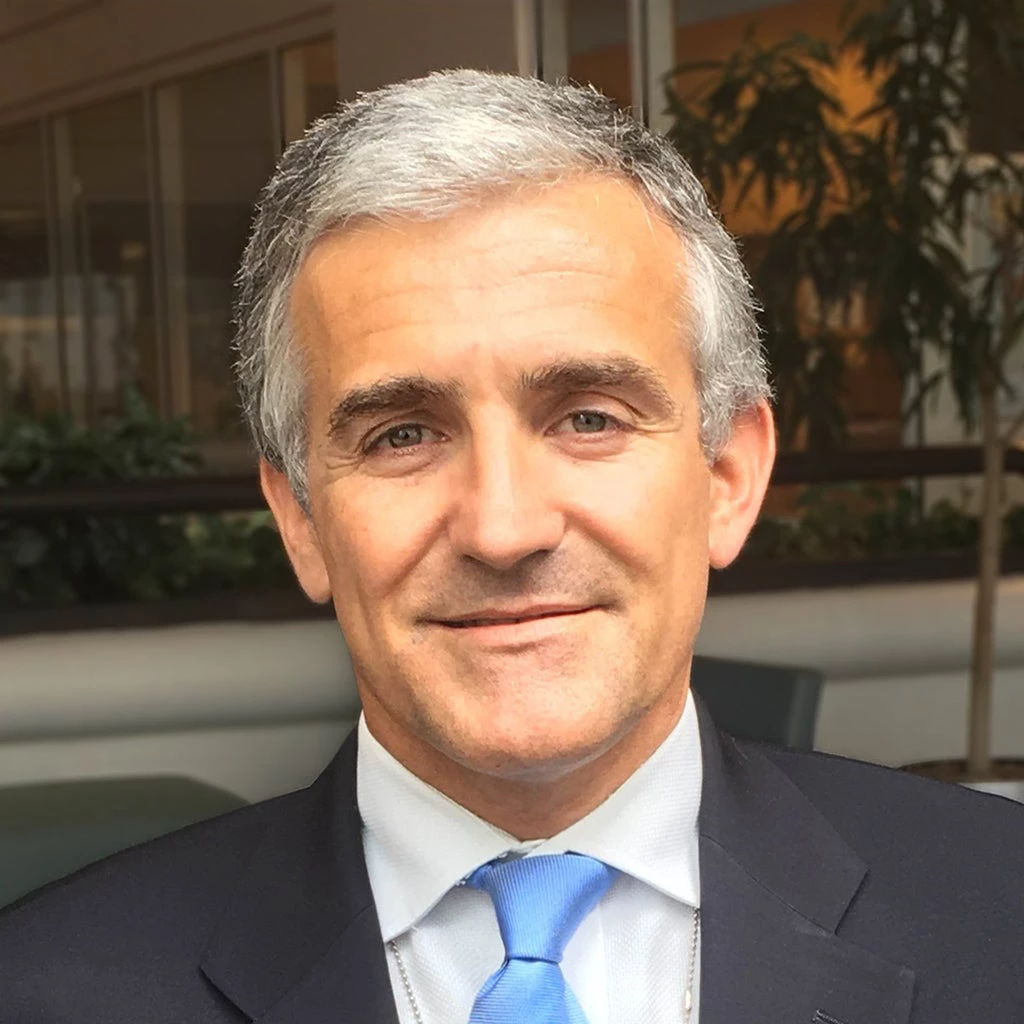
Last week, in a gathering of governments and organizations at the World Bank-hosted 2018 Fragility Forum, the international community took an important step forward in fighting fragility by sharpening our understanding of it, hearing directly from those affected by it and thinking collectively through what we must do to overcome it.
We all agreed, acting on a renewed understanding of fragility and what it means to vulnerable communities represents an urgent and collective responsibility. We’ve all seen the suffering. In places like Syria, Myanmar, Yemen and South Sudan, the loss of life, dignity and economic prosperity is rife. With more than half of the world’s poor expected to live in fragile settings by 2030, we can’t end poverty unless we promote stability, prosperity, and peace in these places ravaged by conflict and crisis.
What we heard from our partners during the Fragility Forum is that the only way to solve this crisis is to urgently increase our work in the economic space between war and peace. Specifically, it is important to:
- Pivot to prevention in the management of conflict and crisis risks. This means focusing on the drivers of fragility, addressing the risks early and, when risks are high or mounting, finding inclusive solutions through dialogue, and adjusted policies, including development policies. This approach is highlighted in our new report: Pathways for Peace: Inclusive Approaches to Preventing Violent Conflict. There are many examples of success: Countries like Indonesia, Kenya and Tunisia, among others, have successfully used prevention to avoid conflict.
- Deepen partnerships among humanitarian, security, peacebuilding and development actors. When conflict happens, how closely coordinated stakeholders are can mean the difference between life and more death. We heard from Deqa Yasin, Somalia’s Minister of Women and Human Rights Development, that when a major crisis happens in her country, one of the things with which leaders struggle is how to get quick and coordinated support. What we need, she said, “is not to work in silos, but to work in a coordinated matter.”
- Crowd in the private sector as a source of growth, jobs, and service-provision. Developing a robust private sector is essential for driving development in fragile and conflict-affected settings. At the World Bank Group, we have established two financing tools to stimulate investment in these countries: The Creating Markets Advisory Window (CMAW), designed to meet the increased demand for advisory services and to increase the number of investment-ready projects; and a new $2.5 billion Private Sector Window to catalyze investment in poor countries affected by fragility and conflict.
- Protect and empower vulnerable communities like refugees, women, and children. While our core goal should be to prevent conflict so that we lower the numbers of refugees and internally displaced people (IDPs) around the world, our immediate aim must be to support the development needs of the more than 65 million refugees and IDPs, and the countries that open their borders to welcome them. In Jordan, providing government services to refugees costs the country $1.5 billion a year, about 4% of GDP. It is our responsibility to bring development solutions together with humanitarian solutions to address the challenges faced by refugees and their host communities. This is equally true for women and children in fragile settings who are disproportionately affected.
Together, it is possible to ensure that fragility, conflict, and violence no longer prevent humans from escaping poverty. It will take urgent action from all of us to achieve that hopeful promise. Let’s get to work.


Join the Conversation